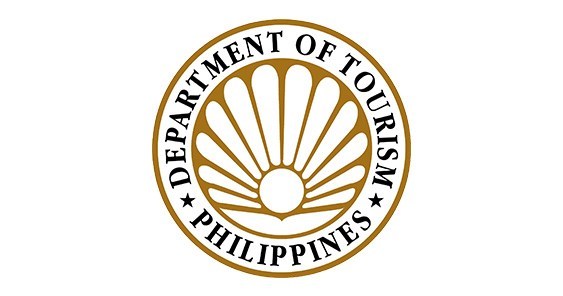TOKYO, Japan – The Philippines’ Department of Tourism (DOT) resumes its marketing and promotional efforts a month after reopening their country to international leisure travelers, this time setting its sights on potential visitors from Japan — a major source market.
Tourism Secretary Berna Romulo-Puyat led the Philippine delegation in engaging with Japan’s tourism stakeholders and promote the country as a safe travel destination in the new normal.
Japan has consistently been the Philippines’ fourth-biggest tourism source market prior to the pandemic. In 2019, the country recorded 682,788 tourists from Japan. Since the country’s reopening last February 10, the Philippines welcomed 2,125 leisure travelers from Japan as of March 20.
During the delegation’s official trip in Japan, Puyat met with Japanese travel agents, tour operators, tourism organizations, English studies operators, economic federations, as well as Japanese media from Tokyo, Nagoya, and Osaka.
Some of the notable participants included STWorld; Japan Association of Travel Agents; JTB Corp; Japan Travel and Tourism Association; Hankyu Travel International Co., Ltd; Kansai Economic Federation; and the Japan Philippine Tourism Council.
Puyat highlighted, among others, the Philippines’ low Covid-19 cases, the high vaccination rate of tourism workers, compliance with global safety and hygiene protocols, and simplified entry requirements and process.
She assured Japanese tourism stakeholders that the DOT will continue to provide marketing support including chartered flights to the Philippines.
Puyat also introduced a program to entice fully vaccinated Japanese travelers who have yet to receive their booster jabs by providing Covid-19 vaccine booster shots at popular tourist destinations in the country. This will enable Japanese tourists to go back to Japan without having to do quarantine.
“Like other tourism ministries, the Philippines’ DOT exhausts all possible efforts to revive the industry, primarily to restore jobs and rebuild revenue streams. Now, we are glad to see the fruits of our labor after nearly two years of preparations to push for the recovery of the sector,” she said.
Puyat stressed that the Philippines is by far the first country in Southeast Asia to have the simplest travel process with no quarantines nor testing upon arrival.
“We are aware that the pandemic is still here and health should always be the priority. We strive to balance public safety and economic recovery by crafting policies that safeguard our citizen’s well-being as well as revive the tourism sector,” she stressed.
Puyat also met with officials of DOT’s counterpart, the Japan Ministry of Land, Infrastructure, Transport and Tourism (MOLIT), to discuss the resumption of two-way tourism traffic between the two countries.
“The Philippines and Japan share a common goal for the tourism sector, that of promoting our respective destinations and thereby contributing meaningfully to the growth of our nations’ economies,” Puyat said.
She took the opportunity to invite Japanese tourism players to the much-anticipated World Travel and Tourism Council (WTTC) Global Summit, which will be held in Manila for the first time from April 20 to 22.
The upcoming Manila-hosted WTTC Summit will “open discussions among industry stakeholders, organizations, and governments to support economic recovery through restarting of travel and tourism and attracting investments centered on the safe and secure reopening of the industry,” she said.
Puyat earlier said such hosting will be a decided advantage to the Philippines, as it is a way to showcase what the country could offer more in the global arena in terms of boosting investments.
“Through this event, we aim to stimulate discussions on how to solve the social, environmental, and economic challenges faced by the global travel and tourism industry. Likewise, we aim to increase the public’s appreciation for the travel and tourism industry’s role as a driver of economic growth, livelihoods and employment, and sustainable development,” she said.
